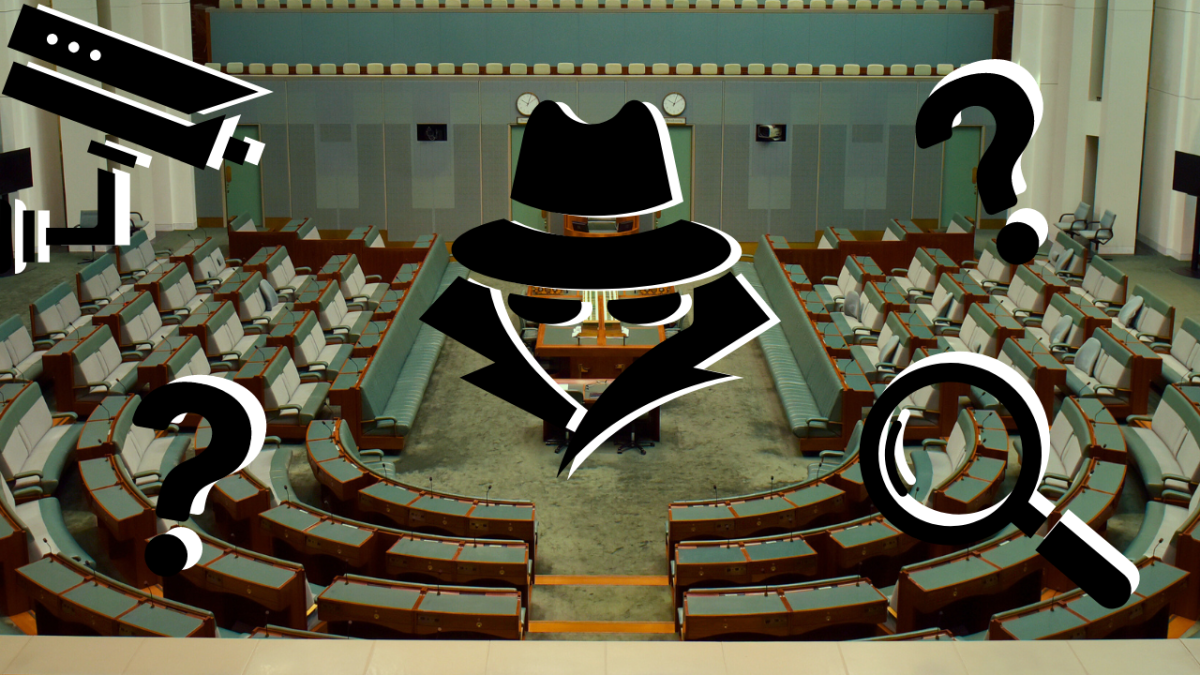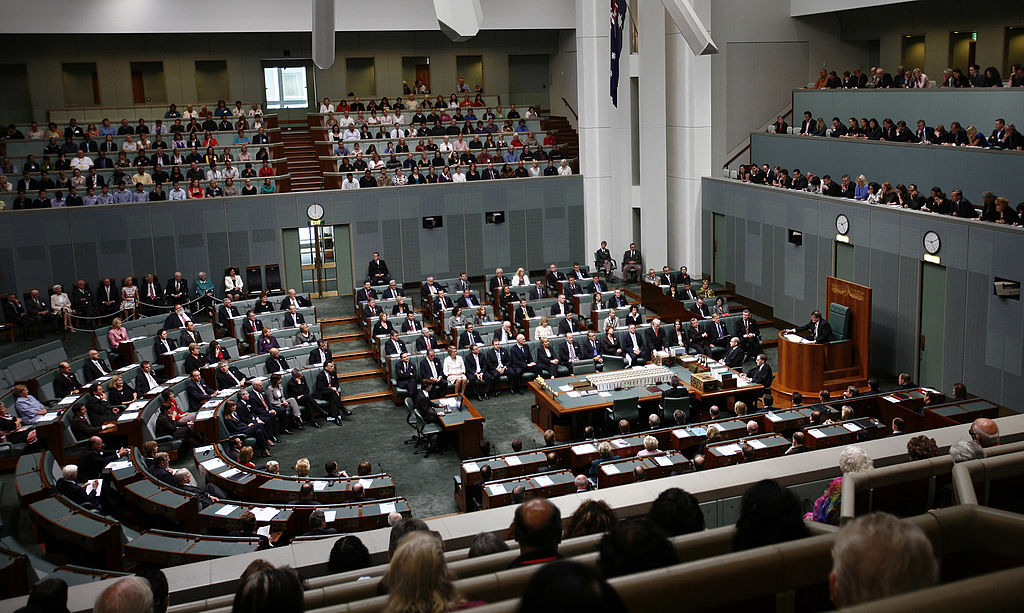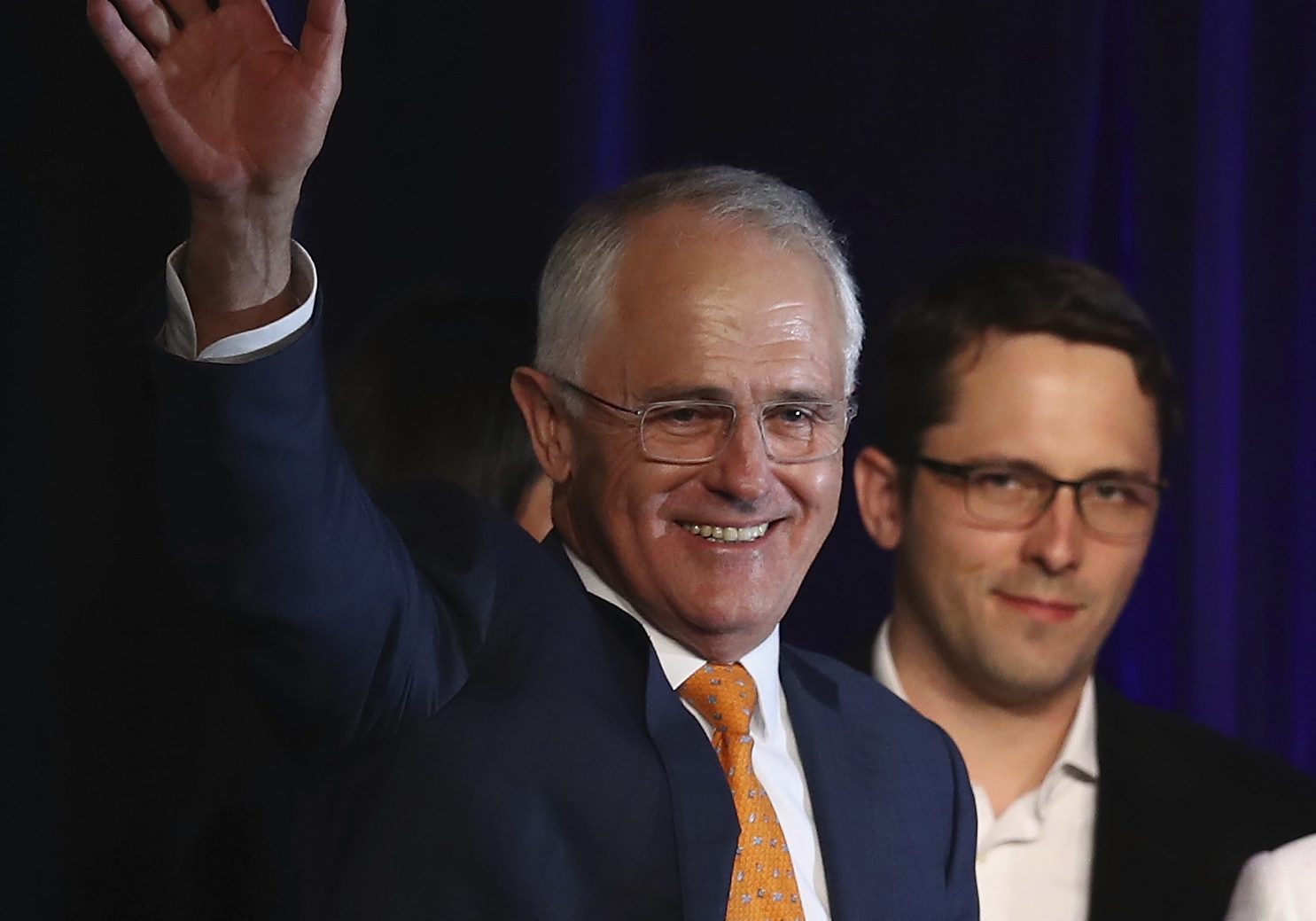
Australian politics was rocked this week by the announcement from Australian Security Intelligence Organisation’s (ASIO) boss Mike Burgess that a former politician had “sold out their country” and worked with a foreign spy ring while in Parliament. The news has quickly turned the entire registry of previous Aussie politicians into a game of Guess Who, despite calls to keep speculation down.
Due to the fact that ASIO has refused to identify the “traitor” yet, there’s currently a lot of details that are unknown about the case. And though engaging in wild speculation is fun, it’s also highly defamatory.
So instead, here’s everything that we actually know so far about the former spy in Australian parliament.
What has ASIO confirmed about the spy?
ASIO is Australia’s network of spies (otherwise known as our national security agency), so secrecy is their whole deal. They’d hardly be good at their job if we knew everything about their actions, because anything that’s known by the public is also known by those posing as threats to national security — domestic or international.
Due to this, ASIO is holding its cards close to its chest, bar a few details:
- a former politician was recruited by a spy network “several years ago“.
- the spy ring has been dubbed “The A-Team” by ASIO due to their heavy focus on Australia.
- the politician attempted to invite a member of the then-Prime Minister’s family into the spy ring, though this plot failed.
Why won’t ASIO name the spy?
Mike Burgess has said that “the individual is no longer of security concern” as the matter was resolved at the time, so naming them is irrelevant for ASIO’s purposes.
“In accordance with long-standing practice, ASIO will not publicly discuss individuals or provide operational details,” shared the ASIO boss.
Director-General of Security @MikePBurgess will deliver his fifth Annual Threat Assessment this evening. Follow us as we share highlights from the speech. The full transcript will be available on https://t.co/eXBKNy5OKQ at the conclusion of the address. pic.twitter.com/Aa54bUXylm
— ASIO (@ASIOGovAu) February 28, 2024
“There are multiple reasons for this, including the need to protect our sources and capabilities. In this case, while we want the foreign intelligence service to know its cover is blown, we do not want it to unpick how we discovered its activities.”
This willingness to keep the spy unnamed has been shared by Prime Minister Anthony Albanese and Opposition Leader Peter Dutton, both citing they want to preserve national security — while also having the benefit neither party face the reputation damage of having a former spy.
On top of wanting to preserve security, another reason why ASIO and its figureheads might be reluctant to publicly identify the spy are because of the potential defamation risk posed by outing the individual, due to a change in the definition of espionage offences in 2018.
“Several individuals should be grateful the espionage and foreign interference laws are not retrospective,” Burgess advised.
Who can we rule out?
Though we certainly aren’t suggesting drawing up the name of every Australian politician on a whiteboard and crossing them off one by one, the pool of names is decreased by the fact that we know the individual is a former member of parliament.
So that rules out the 151 MPs currently in the building at least, leaving only a few hundred names on the list.

To provide a very vague timeline that could help rule more names out, Burgess detailed that ASIO discovered the plot occurred “several years ago”.
Burgess’ warning that those involved should be grateful the espionage laws set up in 2018 are not retrospective does hint that the event occurred before that year, but doesn’t indicate how much further back to keep looking.
And aside from those two details, the only other things we know are what we don’t know,
There is no solid information that provides a party allegiance of the individual.
What have politicians said about it?
The morning after the news dropped, Dutton stated to 2GB that the spy was probably a member from NSW Labor, without naming who he believed it was. This accusation was later retracted, as Dutton supported ASIO in not identifying the mole.
“It’s difficult when these allegations are made, because I think it casts a cloud over former MPs, that’s why I think if you can you should name the person, but Mr Burgess has outlined why he can’t and we accept that advice,” said the Opposition Leader.
Former Liberal Treasurer Joe Hockey called the former politician a “traitor” and said he wanted clarity on who it was.
“The idea that you can make an allegation like that and say nothing, pretend it didn’t happen, is absolutely ridiculous,” he stated.
One detail that has added fuel to the flames of speculation was that Alex Turnbull shared on Thursday that he was approached by suspected Chinese intelligence agents while his father Malcolm Turnbull was PM in 2017.

Malcolm Turnbull has not made a statement on his son’s story.
However, this anecdote has not been confirmed by ASIO as part of the plot they are referring to. Additionally it does not highlight who would have put the alleged spies in touch with the young Turnbull.
The current Prime Minister has stated his support for ASIO, and shared that we should not engage in short-term speculation. His Treasurer Jim Chalmers has seconded this sentiment.
“I respect what ASIO have done here in terms of putting this story into the public domain but also maintaining the confidentiality of the facts around this, and there could be a whole lot of reasons why that should happen,” said Chalmers.
Who were the foreign powers they partnered with?
This information has also been withheld by ASIO.
What was their incentive to work with foreign spies?
Burgess confirmed that the individual was recruited by a foreign spy ring who posed as “consultants, head-hunters, local government officials, academics and think tank researchers”.
“Most commonly, they offer their targets consulting opportunities, promising to pay thousands of dollars for reports on Australian trade, politics, economics, foreign policy, defence and security,” he reported.



